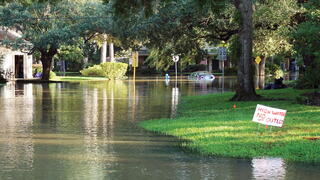
Crisis Leadership involves getting your message to your audience quickly and directly. Here are some tips for managing the message during a disaster.
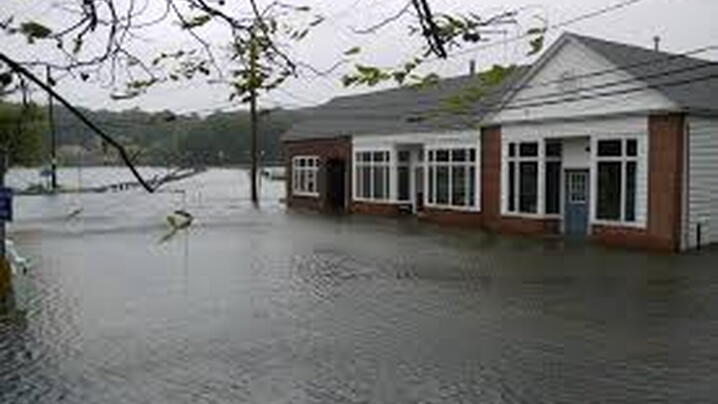
Local government plays a leadership role in planning and coordinating volunteer support during a crisis.
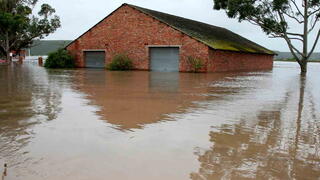
Resources that can help you prepare, mitigate, and respond to flooding in your community.
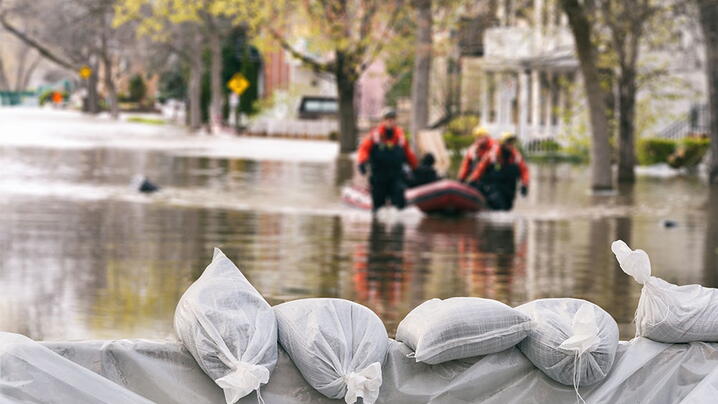
Knowing yourself and your limits is important in managing your stress during and after a disaster strikes.

A Real-World Overview Of Critical Preparedness Issues [PM Magazine, May 2019]
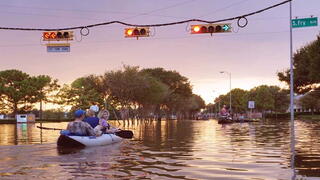
Transforming today’s uncertainties into strategic opportunities [PM Magazine, May 2019]

In preparing for a disaster and recovering from one, residents and businesses need to know that their voices will be heard.
Part of the Leading Edge Research Series

